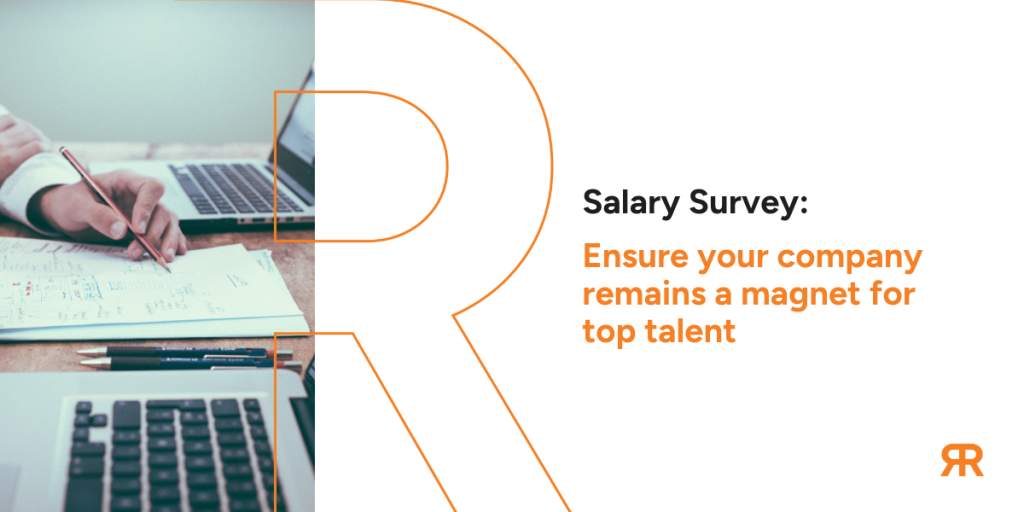
Usage of Virtual Reality and Augmented Reality in the Energy & Utilities sector
Over the last few year, the team at Resourceful have been heavily involved assisting companies with the…
Over the last few year, the team at Resourceful have been heavily involved assisting companies with the digitalisation of their workforce mobility and training, particularly within the Australian Power & Water sector.
This research has led us to believe that the majority of the Power & Water utilities are focused on doing the basics well. Naturally there are always pockets of exceptions here with some really clever stuff being done by some of the electricity distributors. But where is the golden ticket? Is it happening in Europe or the US, or is it within other industries?
In the main, for the utilities, it means using drones for inspection work and rolling out the right data and computer systems such as Office 365 and QR codes. The overarching goal here is to move towards more connected operations systems for fault reporting/service team location deployment. In addition, VR is now starting to be used in the design engineering stages providing significantly improved results within hazard identification and safety in design.
However, the really smart and originative works seems to sit with the larger offshore oil & gas operators as well as the defence sector. They are establishing some very advanced initiatives using virtual reality to train engineers in a simulated environment, and then using Augmented Reality to assist networks and field staff. The defence sector has been seen VR being used for full training applications for military scenarios and the rail and transportation sector has also started to run full training simulations on VR for drivers.
Furthermore, there is plenty of scientific evidence that people learn more effectively through closer to true-life scenarios such as VR. This is really impressive and significantly helps in upskilling staff, and de-risking potential hazards. As industries such as defence and oil & gas have been using virtual reality and augmented reality for the last decade, this represents a great opportunity for the utilities to learn and find commercial outcomes that work for their industry. As Andrew Rozycki from KBR explained in a recent podcast with the Australian Water Association, it is now about adaptation over innovation for these sectors (podcast link to be found in the comments section).
Certainly, it seems to be the case that this is only the beginning for technology in the industry with VR/AR, in particular, set to disrupt traditional work processes and methodologies. In turn, this represents significant opportunity for Power and Water companies to leverage these uses and technologies.
https://omny.fm/shows/australianwater/andrew-rozycki-on-virtual-reality-training
Related Blogs
Salary Survey: Ensure your company remains a magnet for top talent
In today’s dynamic business landscape, staying competitive in the job market is essential. It is imperative to ensure that your employees are not only fairly compensated but also that your…
The Pro IQ Interview Series: Critical Minerals Association Australia, Namali Mackay
Our latest feature in the Pro IQ Interview Series is a conversation with one of the Founders and Managing Director of the Critical Minerals Association Australia, Namali Mackay. Here she describes…
Unleashing Potential: The Significance of Assessing Candidates’ Behavioural Competencies
In today’s fiercely competitive job market, executive search consultants face the challenging task of identifying individuals who not only possess the right skills and qualifications but also demonstrate the essential…
Who are your most irreplaceable employees?
Who are your most irreplaceable employees? – the Importance of Organisational Network Analysis In today’s fast-paced business world, retaining key employees is a top priority for organisations. But, while…




